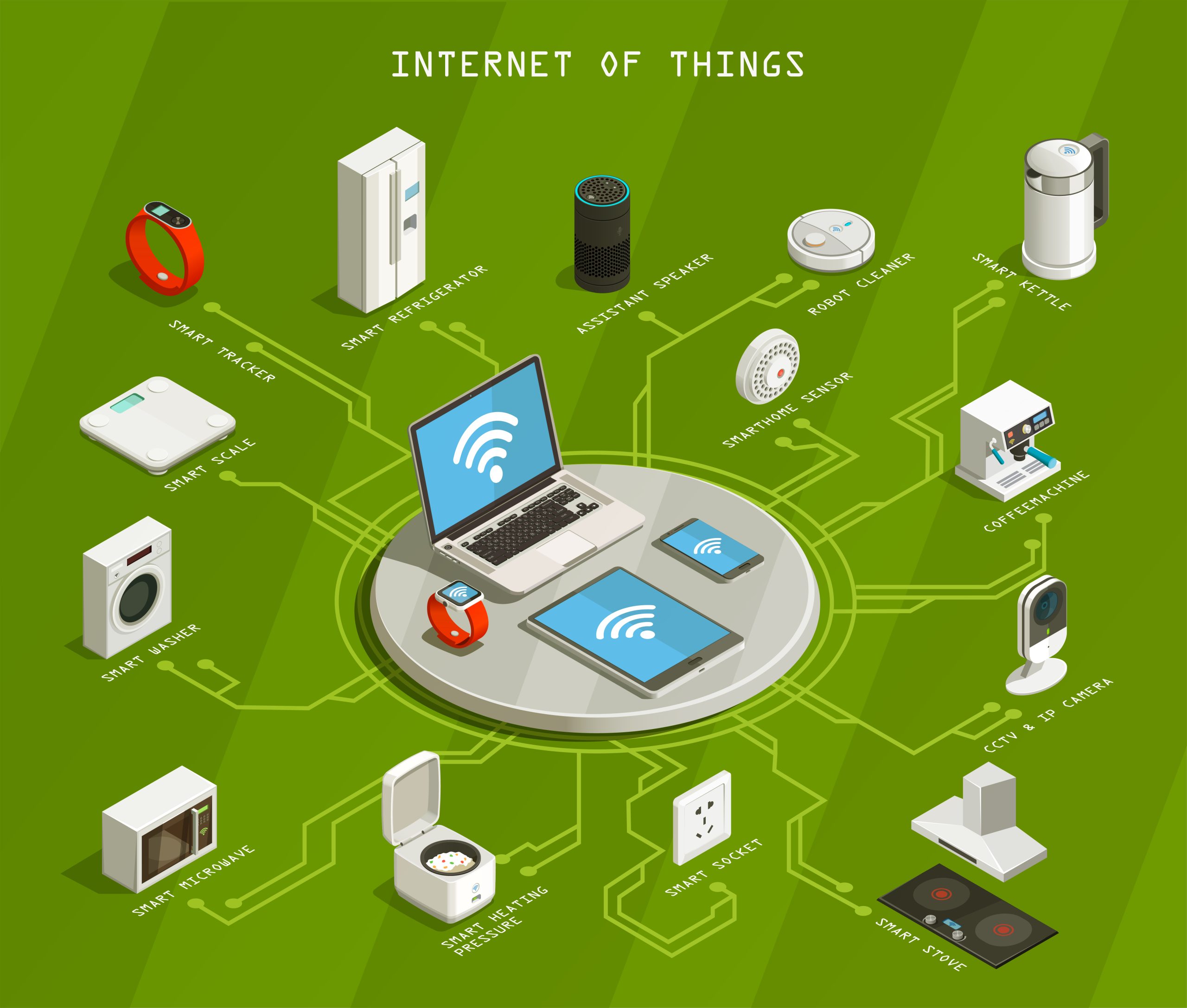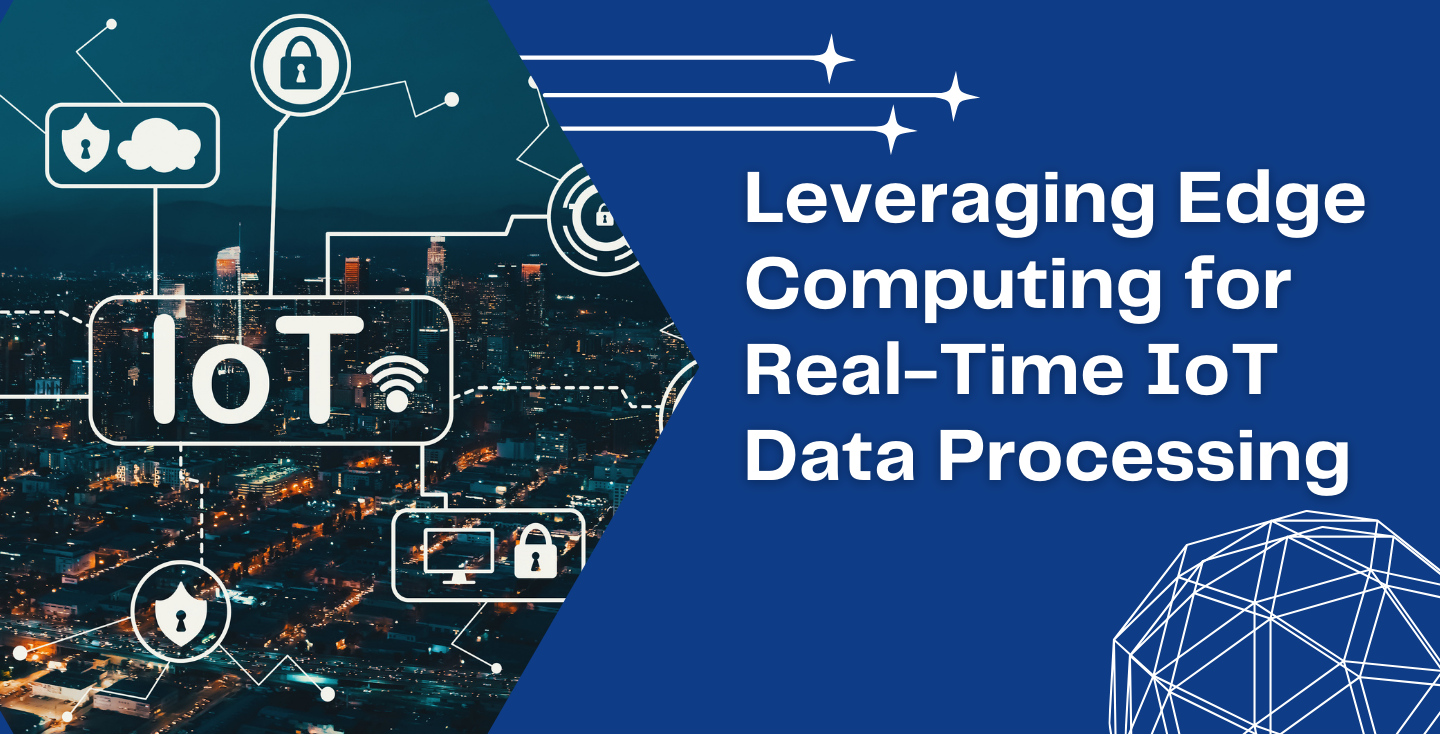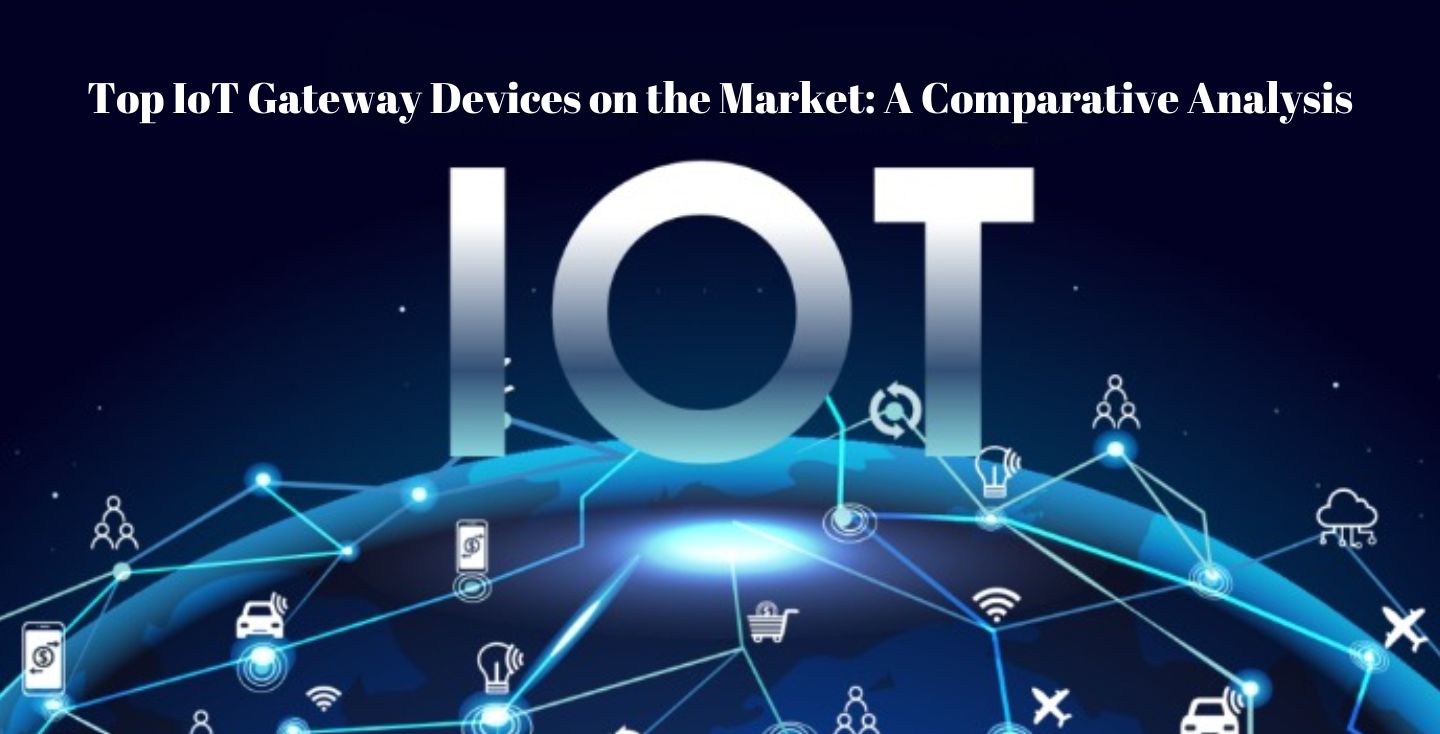The Internet of Things, or IoT, has become a transformational force in the age of interconnectivity, with the potential to completely change homes, communities, and industries. Cellular technology, which provides the framework for linking an ever-widening number of gadgets to the internet, is at the center of this revolution. Cellular technology is significantly influencing how the Internet of Things will develop in the future, from smart homes to industrial automation. This essay explores the capabilities, difficulties, and possible effects of cellular technology as it propels the Internet of Things.
Understanding Cellular Technology
Cellular technology forms the cornerstone of modern communication networks, facilitating wireless communication between devices via cellular networks. It relies on a network of cell towers and base stations to transmit data over radio waves, enabling seamless connectivity over vast geographical areas. Key components of cellular technology include:
- Cellular Networks: Cellular networks are comprised of interconnected cells, each served by a base station or cell tower. These cells collectively provide coverage across a specific area, ensuring continuous connectivity as users move between cells.
- Protocols: Various protocols govern communication within cellular networks, with standards such as GSM, CDMA, and LTE defining how data is transmitted, received, and managed.
- SIM Cards: Subscriber Identity Module (SIM) cards are essential components of cellular devices, storing subscriber information and facilitating authentication on the network.
- Spectrum: Cellular communication relies on allocated radio frequencies, known as spectrum, to transmit data. Different frequency bands offer varying characteristics such as range, data capacity, and penetration capabilities.
The Intersection of Cellular Technology and IoT
The proliferation of IoT devices across diverse domains, coupled with advancements in cellular technology, has paved the way for their convergence. Cellular connectivity offers several advantages for IoT deployment, making it an attractive choice for a wide range of applications:
Reliability and Coverage:
- Wide Coverage: Cellular networks boast extensive coverage, spanning both urban and rural areas. This broad coverage footprint is instrumental in facilitating IoT deployments across diverse environments, ensuring connectivity even in remote locations.
- Reliability: Cellular networks are engineered for high reliability, with built-in redundancy and failover mechanisms to mitigate service disruptions. This reliability is critical for mission-critical IoT applications such as industrial automation and healthcare.
Scalability and Flexibility:
- Scalability: Cellular technology supports massive scalability, allowing IoT deployments to accommodate thousands or even millions of connected devices. This scalability is vital for IoT solutions that require seamless expansion to accommodate growing demand.
- Flexibility: Cellular connectivity offers flexibility in deployment, enabling IoT devices to be deployed in diverse environments without the need for extensive infrastructure investments. This flexibility empowers organizations to adapt to evolving requirements and deployment scenarios.
Security and Data Privacy:
- Encryption: Cellular networks employ robust encryption protocols to secure data transmission between devices and the network. This encryption helps safeguard sensitive information and mitigate the risk of unauthorized access or data breaches.
- Authentication: Cellular networks utilize authentication mechanisms, such as SIM cards and digital certificates, to verify the identity of devices connecting to the network. This authentication ensures that only authorized devices can access network resources, enhancing overall security.
Low-Power Connectivity:
- Low-Power Wide-Area Networks (LPWANs): Cellular technology has evolved to support low-power connectivity standards such as LTE-M (LTE for Machines) and NB-IoT (Narrowband IoT). These LPWAN technologies offer efficient power consumption and extended battery life, making them well-suited for IoT devices with limited energy resources.
- Sleep Modes: Cellular IoT devices can leverage power-saving features such as sleep modes, allowing them to conserve energy when idle and prolonging battery life. This capability is crucial for IoT applications deployed in remote or inaccessible locations.
Real-Time Communication:
- Low Latency: Cellular networks offer low-latency communication, enabling real-time interaction between IoT devices and cloud-based applications. This low latency is essential for latency-sensitive applications such as autonomous vehicles, industrial robotics, and augmented reality.
- Quality of Service (QoS): Cellular networks support Quality of Service (QoS) mechanisms, allowing traffic prioritization based on application requirements. This ensures that critical IoT data receives preferential treatment, guaranteeing timely delivery and optimal performance.
Challenges and Considerations
While cellular technology holds immense potential for IoT, several challenges and considerations must be addressed to realize its full benefits:
- Cost: Cellular connectivity can incur significant operational costs, including subscription fees, data usage charges, and device provisioning expenses. Organizations must carefully evaluate the cost-benefit trade-offs of cellular IoT deployments and explore strategies to optimize cost-effectiveness.
- Power Consumption: Despite advancements in low-power cellular technologies, power consumption remains a concern for battery-powered IoT devices. Optimizing power management strategies and leveraging energy-efficient hardware designs are essential for maximizing battery life and minimizing operational overhead.
- Network Congestion: Cellular networks may experience congestion during peak usage periods, leading to degraded performance and increased latency for IoT devices. Implementing traffic management mechanisms and prioritizing critical IoT traffic can help mitigate the impact of network congestion.
- Security Risks: IoT devices connected via cellular networks are susceptible to various security threats, including malware, data breaches, and cyber-attacks. Implementing robust security measures, such as encryption, authentication, and intrusion detection, is crucial for safeguarding IoT deployments against cyber threats.
- Regulatory Compliance: Cellular IoT deployments must comply with regulatory requirements and industry standards governing wireless communication, data privacy, and network security. Ensuring regulatory compliance not only mitigates legal risks but also fosters trust and confidence among stakeholders.
Future Outlook and Impact
Looking ahead, cellular technology is poised to play an increasingly central role in shaping the future of IoT, driving innovation, and transforming industries. Key trends and developments that are expected to shape the future of cellular-enabled IoT include:
- 5G Integration: The rollout of 5G networks promises to unlock new possibilities for cellular-enabled IoT, offering unprecedented speed, capacity, and reliability. 5G’s ultra-low latency and high bandwidth capabilities will enable innovative IoT applications such as real-time remote surgery, autonomous vehicles, and immersive augmented reality experiences.
- Edge Computing: Edge computing architectures are poised to complement cellular IoT deployments by bringing computational resources closer to IoT devices. Edge computing enables real-time data processing, reducing latency and bandwidth requirements while enhancing privacy and security for IoT applications.
- AI and Machine Learning: AI and machine learning technologies are poised to enhance the intelligence and autonomy of cellular-enabled IoT systems. AI-powered analytics and predictive algorithms can extract actionable insights from IoT data, enabling proactive decision-making and optimizing operational efficiency across various industries.
- Vertical Integration: Cellular technology providers are increasingly offering end-to-end IoT solutions, encompassing hardware, connectivity, and cloud-based services. This vertical integration streamlines IoT deployments, reduces complexity, and accelerates time-to-market for organizations seeking to leverage cellular-enabled IoT solutions.
Conclusion
Cellular technology is ushering in a new era of connectivity, driving the proliferation of IoT devices and unlocking unprecedented opportunities for innovation and growth. With its inherent advantages in reliability, scalability, security, and real-time communication, cellular technology is poised to reshape industries, empower smart cities, and enhance our daily lives. As we navigate the complexities and challenges of deploying cellular-enabled IoT solutions, it is imperative to harness the full potential of this transformative technology to create a more connected, intelligent, and sustainable future.




